A plunger is a tried and true method for unclogging a bathroom sink. This tool works by creating suction and pushing air through the pipes to dislodge the clog. To use a plunger, make sure there is enough water in the sink to cover the rubber end. Place the plunger over the drain and push and pull in a rapid motion to create suction. This should loosen and remove the clog, allowing the water to drain freely.1. Plunger
If the plunger doesn't work, a drain snake can be a helpful tool. This long, flexible tool is inserted into the drain and can reach deeper into the pipes to break up and remove the clog. To use a drain snake, insert it into the drain and turn it in a clockwise motion while pushing it through the pipes. When you feel resistance, twist and push until the clog is broken up and removed.2. Drain Snake
Baking soda and vinegar are common household items that can also be used to unclog a bathroom sink. The combination of these two ingredients creates a chemical reaction that can dissolve and loosen the clog. Start by pouring a cup of baking soda down the drain, followed by a cup of vinegar. Let it sit for about 30 minutes, then pour boiling water down the drain to flush out the loosened clog.3. Baking Soda and Vinegar
If you don't have baking soda and vinegar on hand, simply using boiling water can also help unclog a bathroom sink. Boil a pot of water and carefully pour it down the drain in a slow and steady stream. The hot water can help break up and flush out the clog, allowing the water to drain freely.4. Boiling Water
Another household item that can be used to unclog a bathroom sink is dish soap. This method works best for clogs caused by grease or soap scum buildup. Simply squirt a generous amount of dish soap into the drain, followed by hot water. Let it sit for a few minutes, then pour more hot water down the drain to flush out the clog.5. Dish Soap and Hot Water
If you have a wet/dry vacuum, it can also be used to unclog a bathroom sink. First, remove any standing water from the sink. Then, cover the vent with a wet cloth and turn on the vacuum to its highest setting. Place the hose over the drain and create a tight seal. The suction from the vacuum should be strong enough to pull out the clog.6. Wet/Dry Vacuum
Enzyme-based drain cleaners are a more natural and eco-friendly option for unclogging a bathroom sink. These cleaners use enzymes to break down organic matter and clear out clogs. Follow the instructions on the product and pour it down the drain. Let it sit for the recommended amount of time before flushing it out with hot water.7. Enzyme-based Drain Cleaner
If you have a stubborn clog, caustic soda can be an effective solution. Caustic soda, also known as sodium hydroxide, is a strong chemical that can dissolve organic matter and break up clogs. However, it is important to handle it carefully as it can cause burns. Follow the instructions on the product and use protective gear when handling it.8. Caustic Soda
Similar to the baking soda and vinegar method, using a combination of hydrogen peroxide and baking soda can also unclog a bathroom sink. Mix equal parts of hydrogen peroxide and baking soda to create a paste, then pour it down the drain. Let it sit for 30 minutes before flushing it out with hot water.9. Hydrogen Peroxide and Baking Soda
If all else fails, a plumbing snake can be used as a last resort. This tool is similar to a drain snake, but it is larger and designed specifically for plumbing. It can be inserted into the drain and twisted to break up and remove the clog. However, if you are not familiar with using a plumbing snake, it is best to call a professional plumber to avoid causing damage to your pipes. In conclusion, there are various methods and tools that can be used to unclog a bathroom sink. From household items to specialized tools, there is a solution for every type of clog. However, if the clog persists or if you are not comfortable attempting to unclog the sink yourself, it is always best to call a professional plumber for assistance.10. Plumbing Snake
Why You Should Use Natural Ingredients to Unclog Your Bathroom Sink

The Problem with Chemical Drain Cleaners
 When it comes to unclogging a bathroom sink, many people turn to harsh chemical drain cleaners. These products promise to quickly dissolve any clogs and get your sink draining again. However, these cleaners often contain
toxic chemicals
that can be harmful to both your health and the environment. Not only that, but they can also
damage your pipes
over time, leading to costly repairs. In addition, chemical drain cleaners are not effective at removing stubborn clogs such as
hair
and
soap scum
, which are common culprits in bathroom sinks. So, what is the best alternative to these harmful and ineffective products?
Natural ingredients.
When it comes to unclogging a bathroom sink, many people turn to harsh chemical drain cleaners. These products promise to quickly dissolve any clogs and get your sink draining again. However, these cleaners often contain
toxic chemicals
that can be harmful to both your health and the environment. Not only that, but they can also
damage your pipes
over time, leading to costly repairs. In addition, chemical drain cleaners are not effective at removing stubborn clogs such as
hair
and
soap scum
, which are common culprits in bathroom sinks. So, what is the best alternative to these harmful and ineffective products?
Natural ingredients.
The Benefits of Using Natural Ingredients
 Not only are natural ingredients
safer for you and the environment,
but they are also
highly effective
at unclogging bathroom sinks. One of the most popular and easily accessible natural ingredients for unclogging sinks is
baking soda and vinegar.
This powerful combination creates a
chemical reaction
that can break down even the toughest clogs. Simply pour half a cup of baking soda down the drain, followed by half a cup of vinegar. Let it sit for about 30 minutes, then pour hot water down the drain to flush out the clog.
Lemon juice
is another great natural ingredient that can help unclog your sink. The citric acid in lemon juice can dissolve
grease and grime
that may be causing the clog. Just pour a cup of lemon juice down the drain and let it sit for 30 minutes before flushing with hot water.
Not only are natural ingredients
safer for you and the environment,
but they are also
highly effective
at unclogging bathroom sinks. One of the most popular and easily accessible natural ingredients for unclogging sinks is
baking soda and vinegar.
This powerful combination creates a
chemical reaction
that can break down even the toughest clogs. Simply pour half a cup of baking soda down the drain, followed by half a cup of vinegar. Let it sit for about 30 minutes, then pour hot water down the drain to flush out the clog.
Lemon juice
is another great natural ingredient that can help unclog your sink. The citric acid in lemon juice can dissolve
grease and grime
that may be causing the clog. Just pour a cup of lemon juice down the drain and let it sit for 30 minutes before flushing with hot water.
Preventing Future Clogs
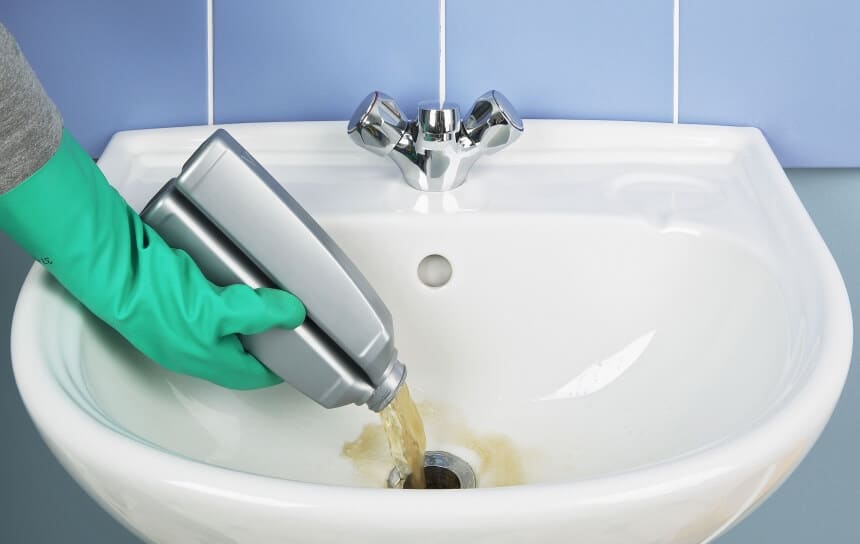 Using natural ingredients to unclog your bathroom sink not only solves the current problem, but it can also
prevent future clogs
from occurring. Regularly using natural ingredients to clean your sink can keep it free from build-up and
maintain its proper function.
You can also use a
drain strainer
to catch any debris that may be going down the drain and causing clogs. In addition, avoid pouring
grease, oil, or coffee grounds
down your sink as these can solidify and cause clogs.
In conclusion, when faced with a clogged bathroom sink,
opt for natural ingredients
instead of harsh chemical drain cleaners. Not only are they safer and more effective, but they can also
prevent future clogs
and maintain the proper function of your sink. So next time you have a clog, skip the chemicals and reach for the
baking soda, vinegar, and lemon juice
instead. Your pipes and the environment will thank you.
Using natural ingredients to unclog your bathroom sink not only solves the current problem, but it can also
prevent future clogs
from occurring. Regularly using natural ingredients to clean your sink can keep it free from build-up and
maintain its proper function.
You can also use a
drain strainer
to catch any debris that may be going down the drain and causing clogs. In addition, avoid pouring
grease, oil, or coffee grounds
down your sink as these can solidify and cause clogs.
In conclusion, when faced with a clogged bathroom sink,
opt for natural ingredients
instead of harsh chemical drain cleaners. Not only are they safer and more effective, but they can also
prevent future clogs
and maintain the proper function of your sink. So next time you have a clog, skip the chemicals and reach for the
baking soda, vinegar, and lemon juice
instead. Your pipes and the environment will thank you.
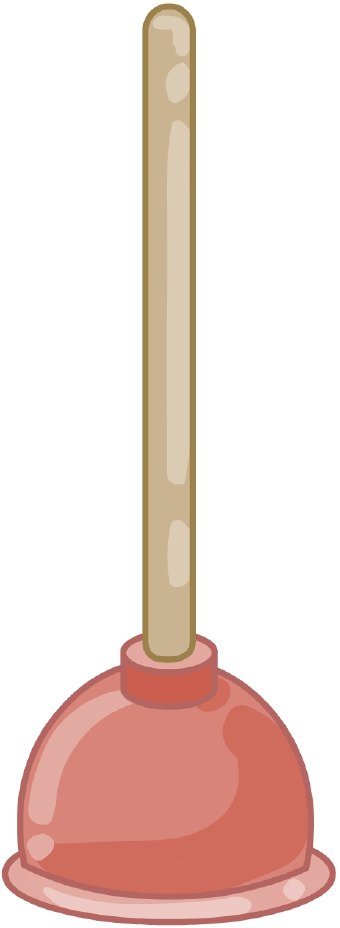


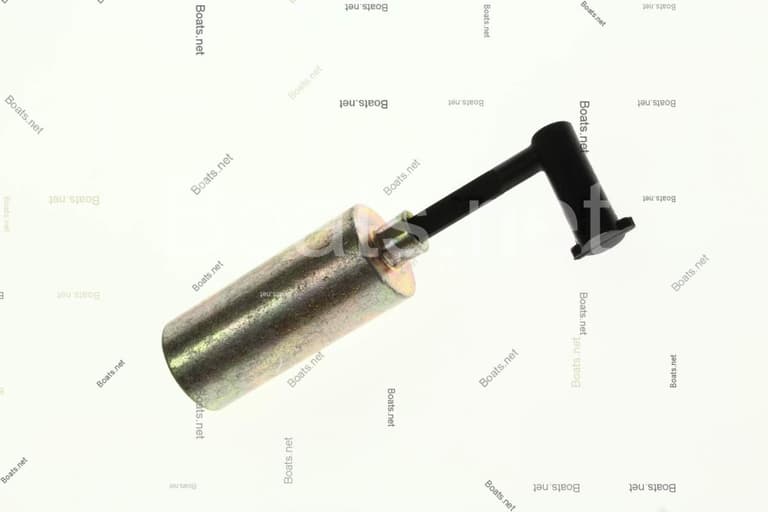
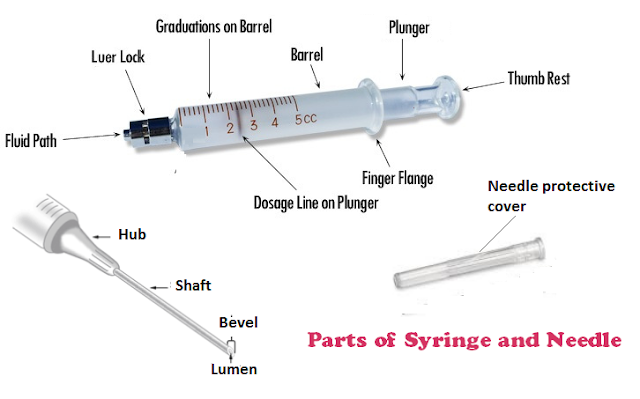

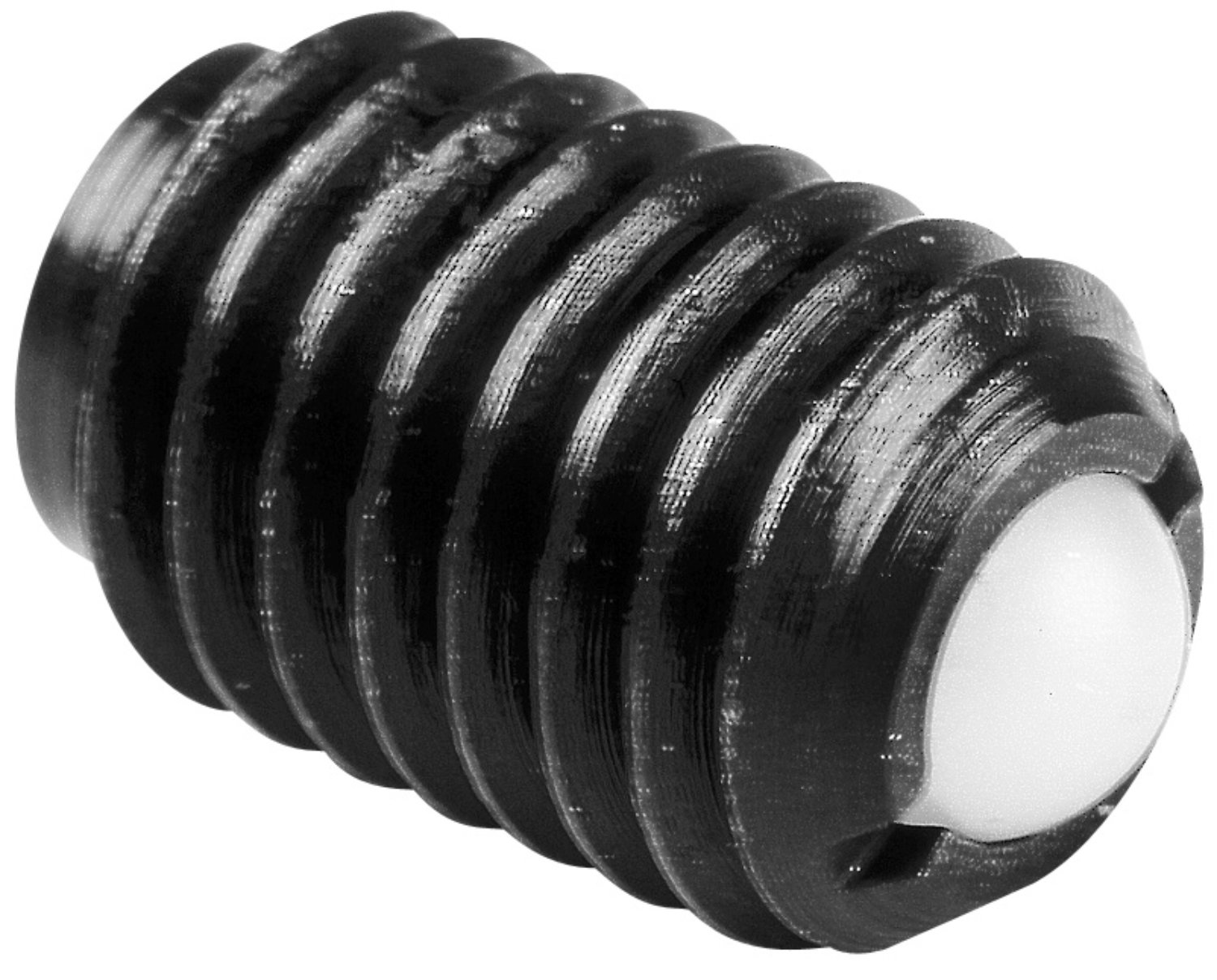





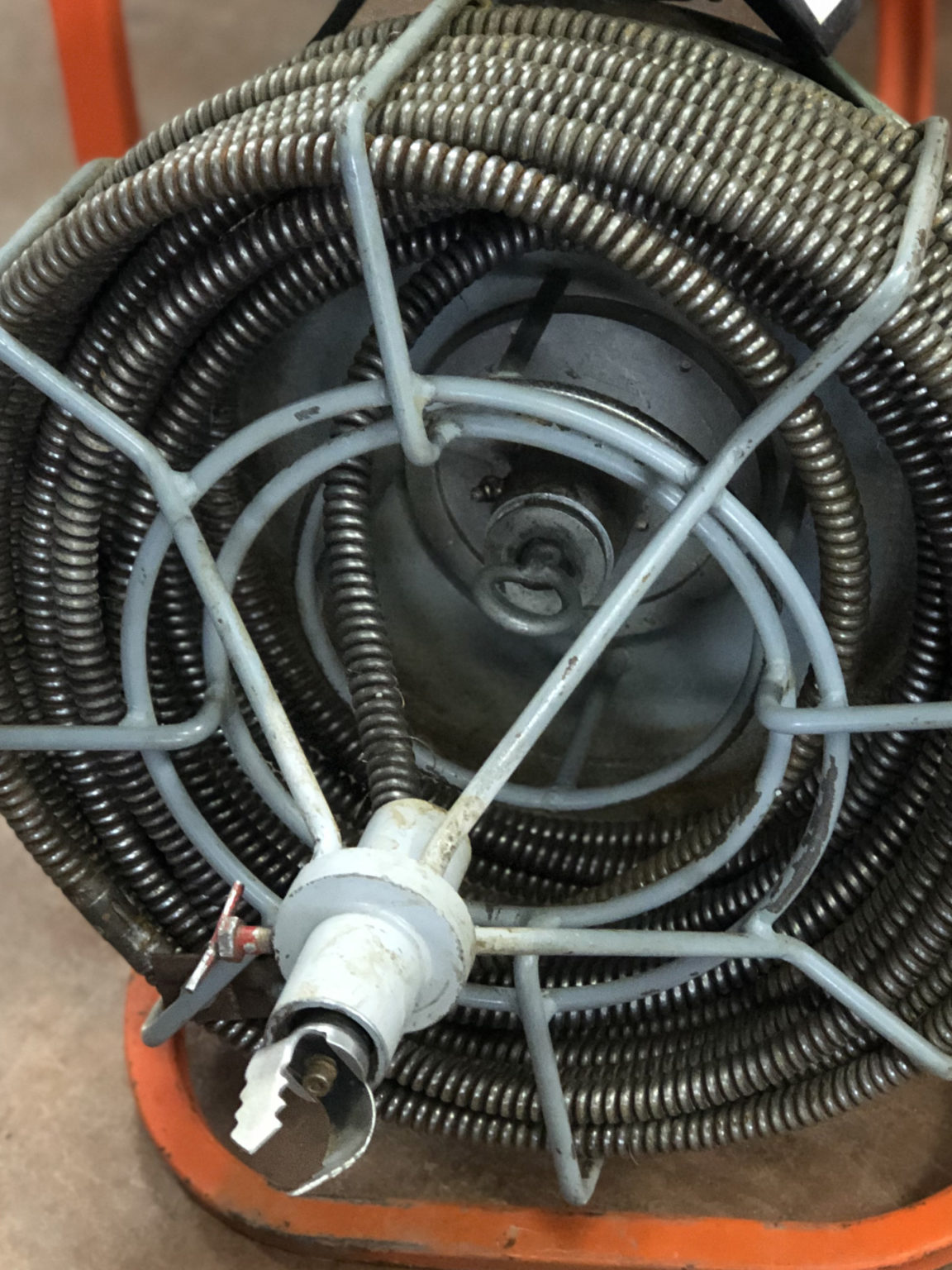



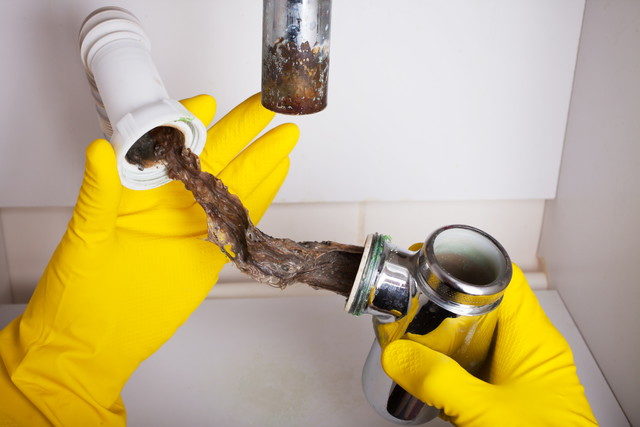

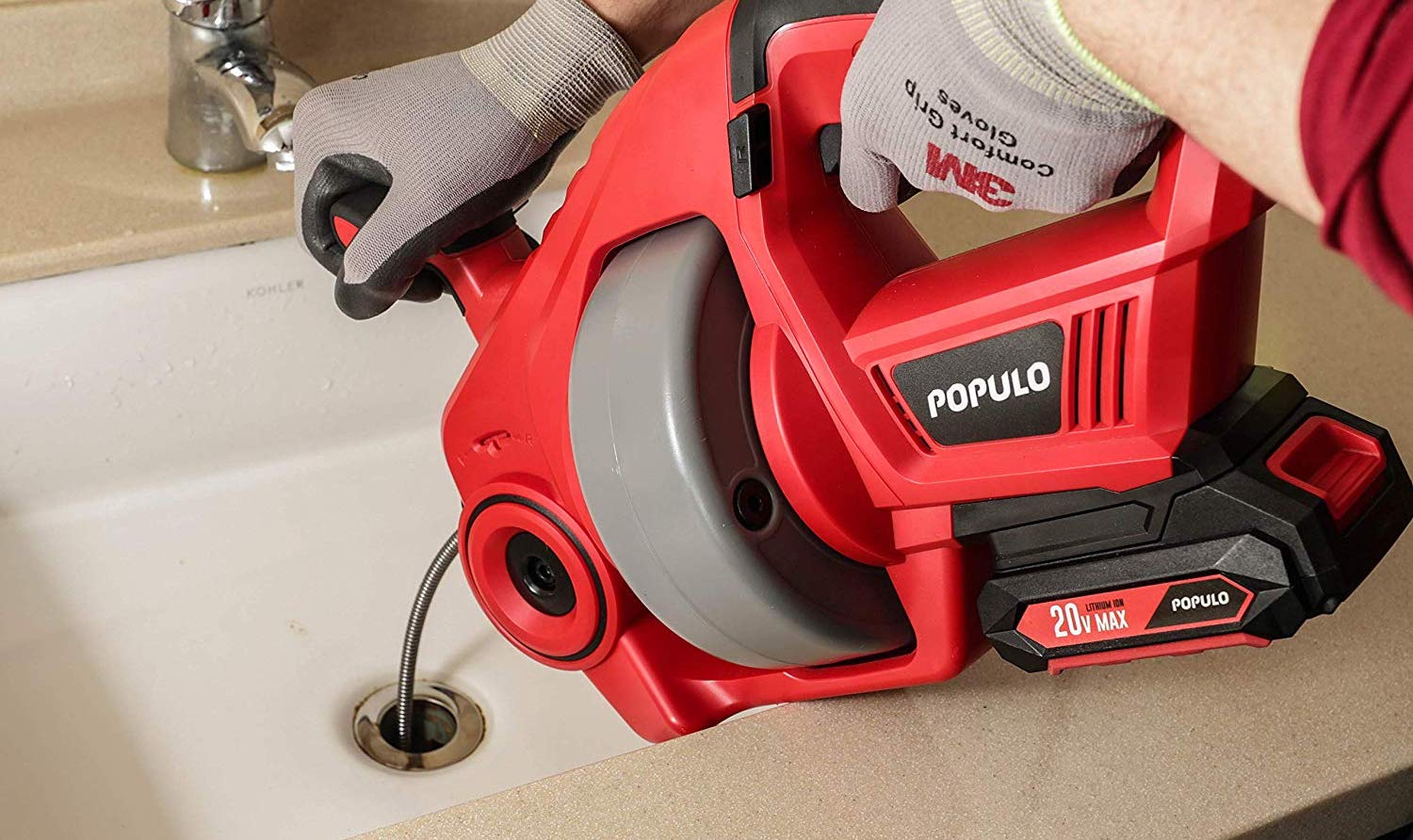





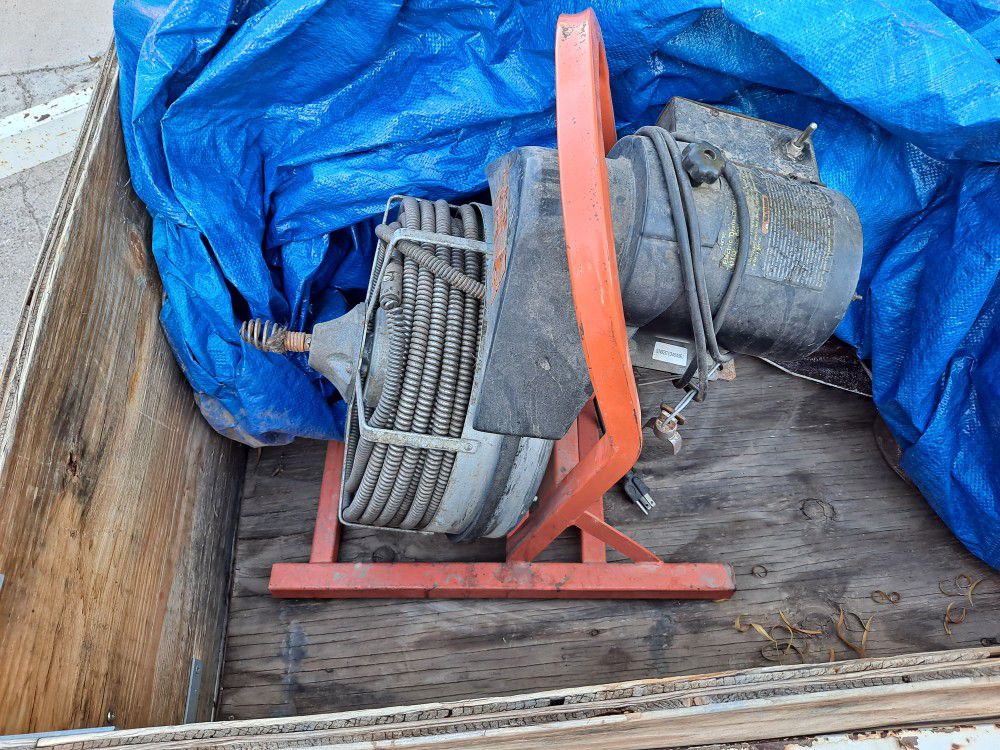



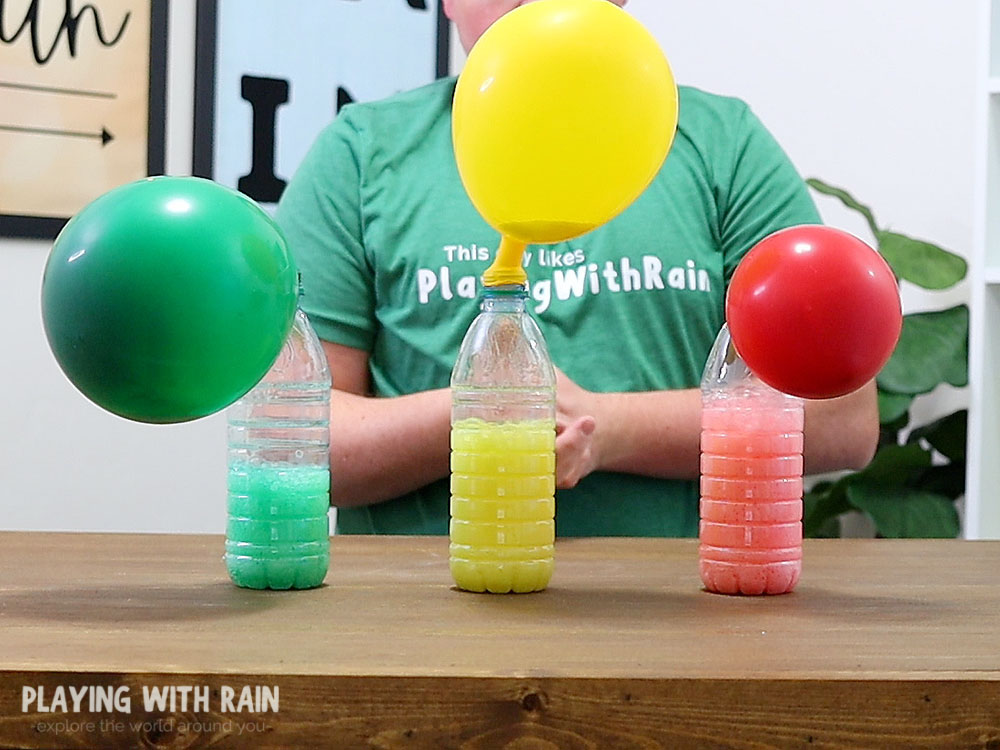



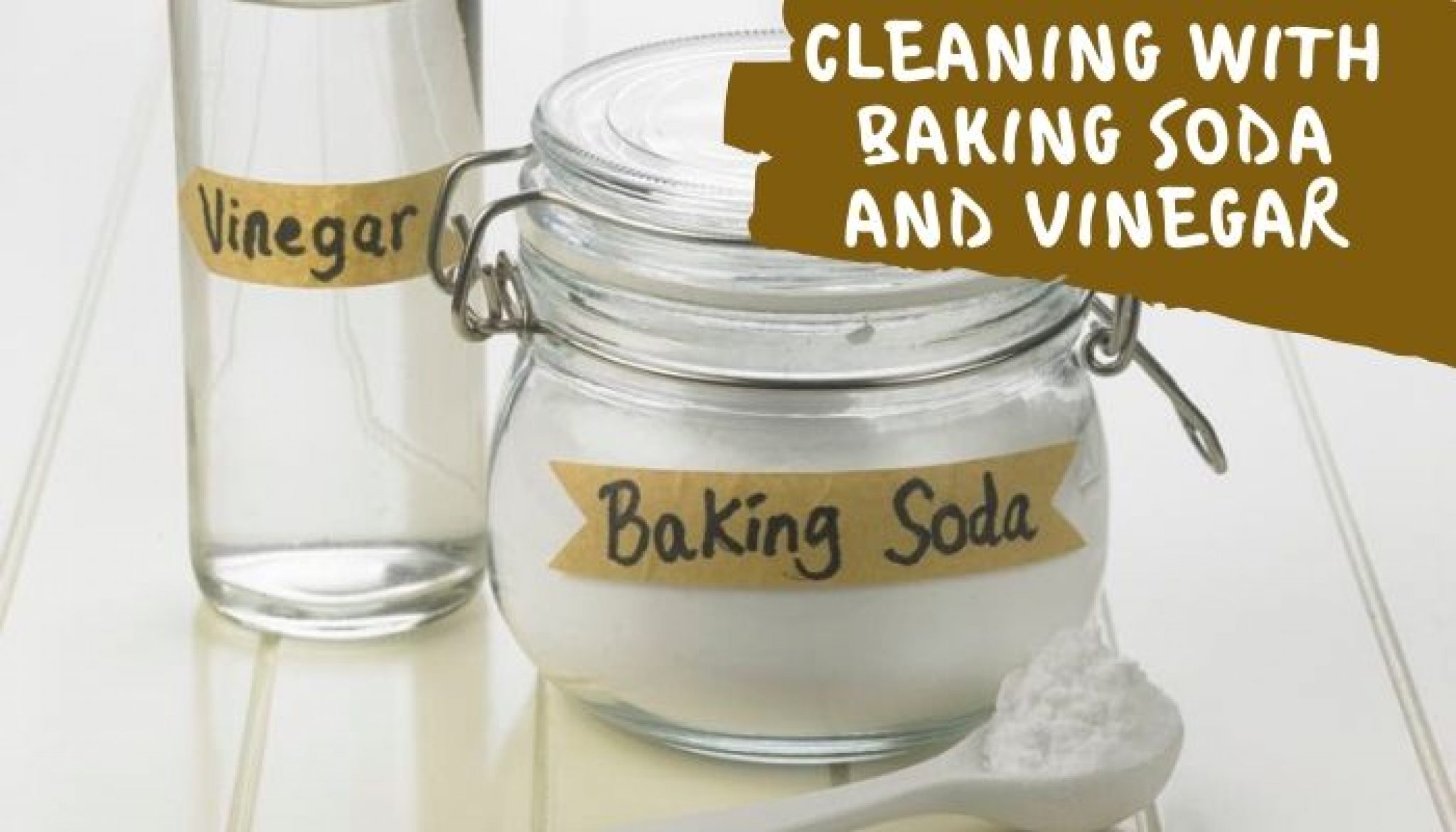
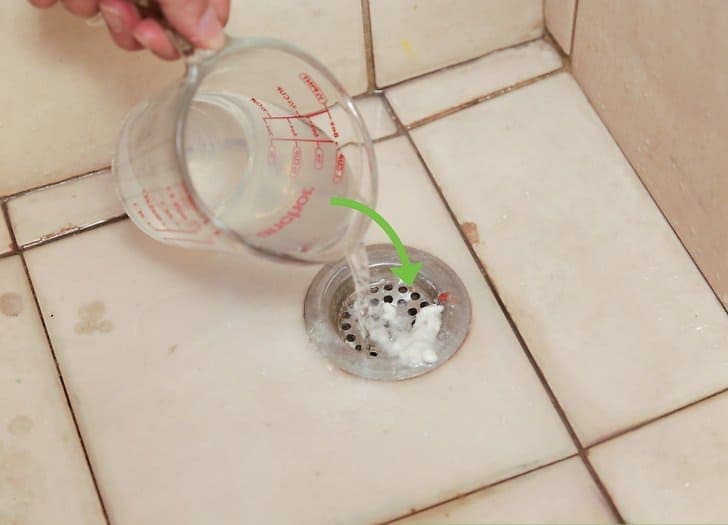







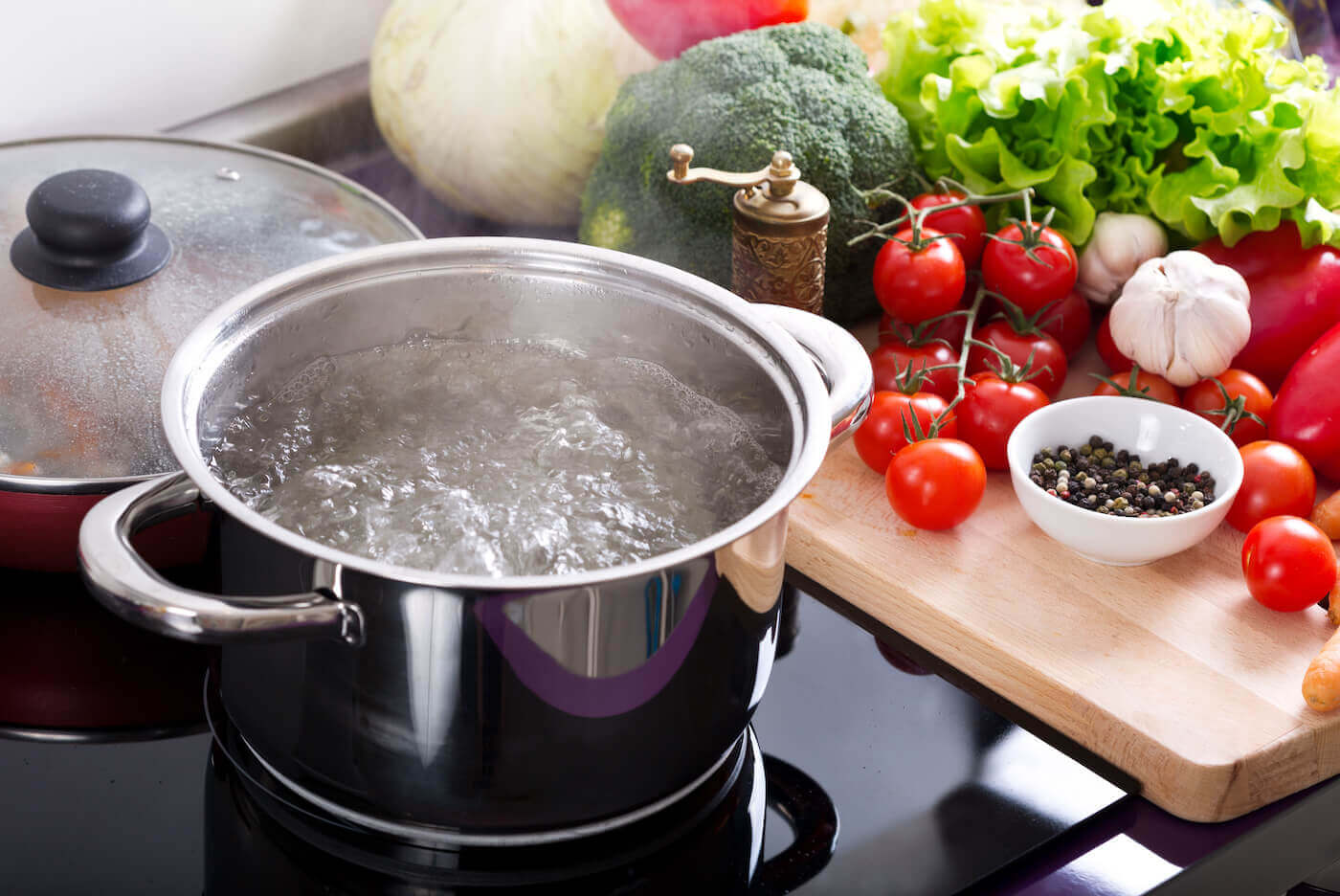
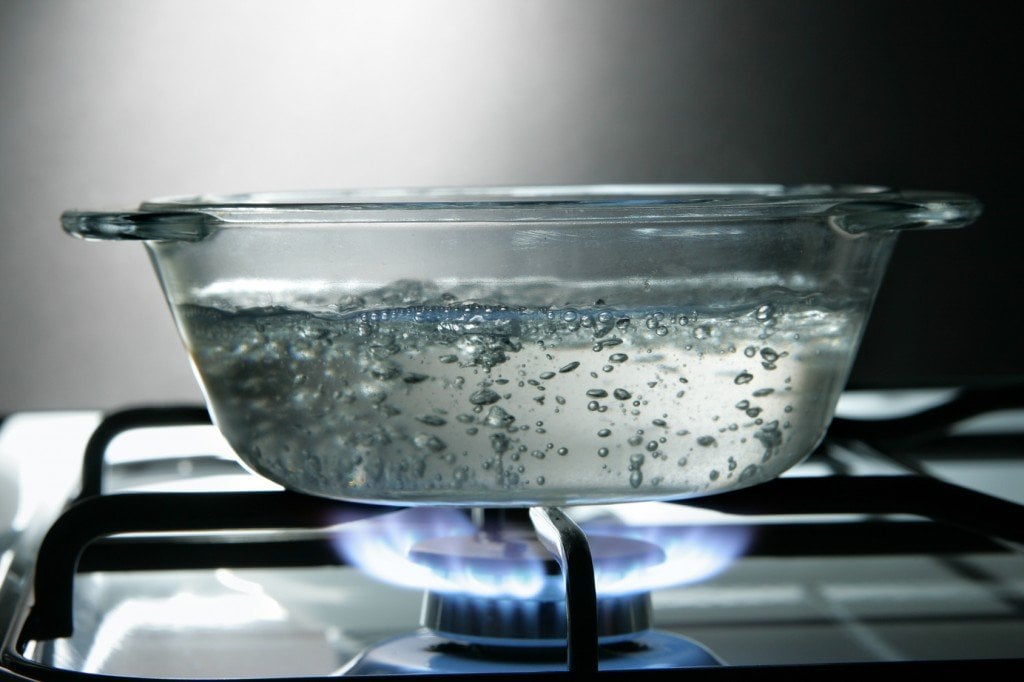

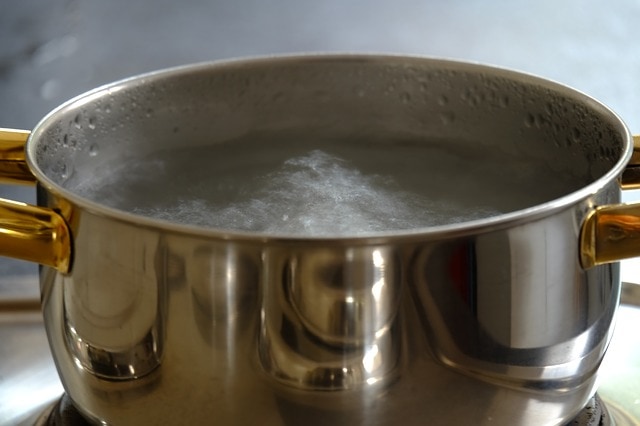

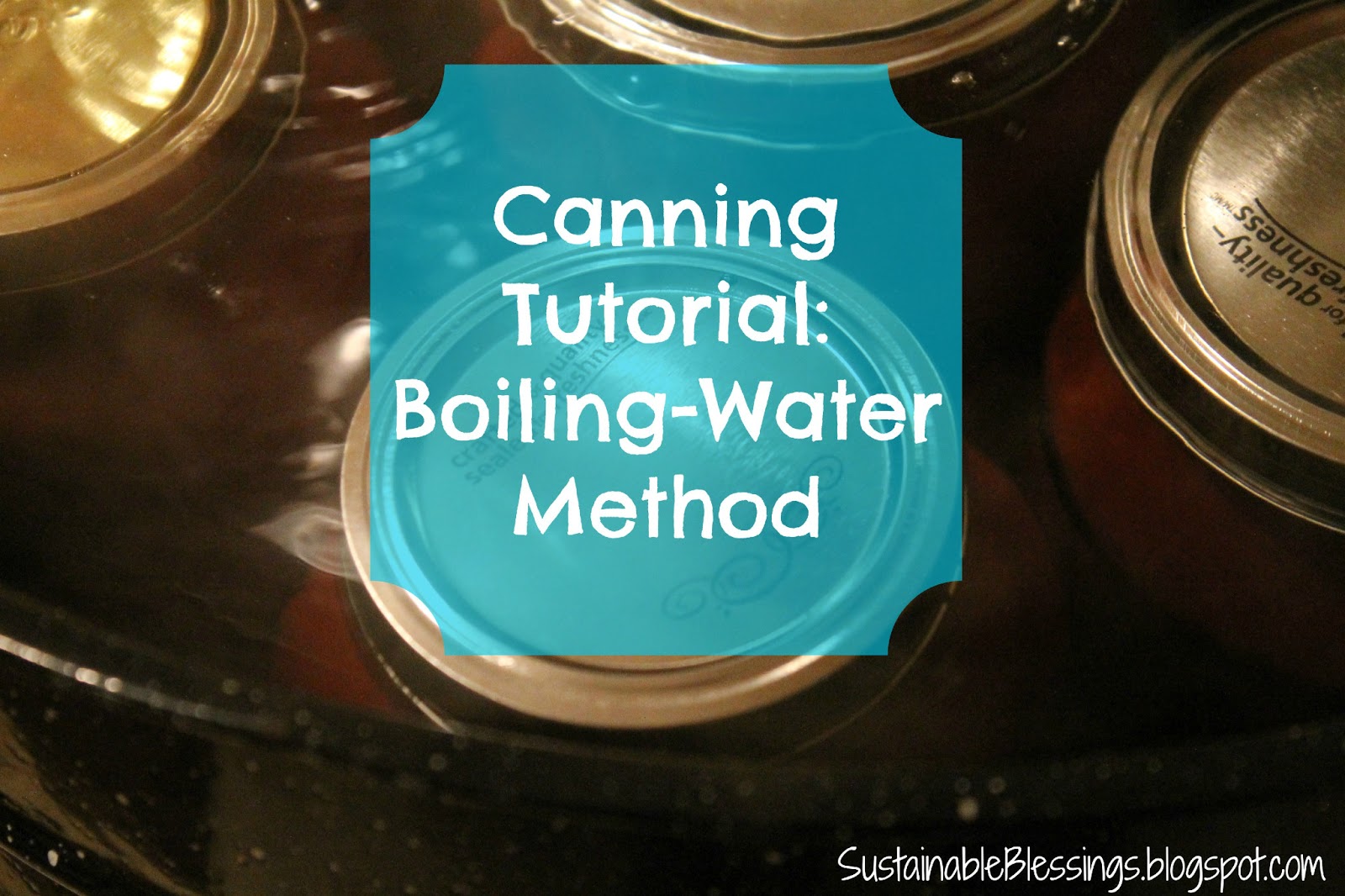



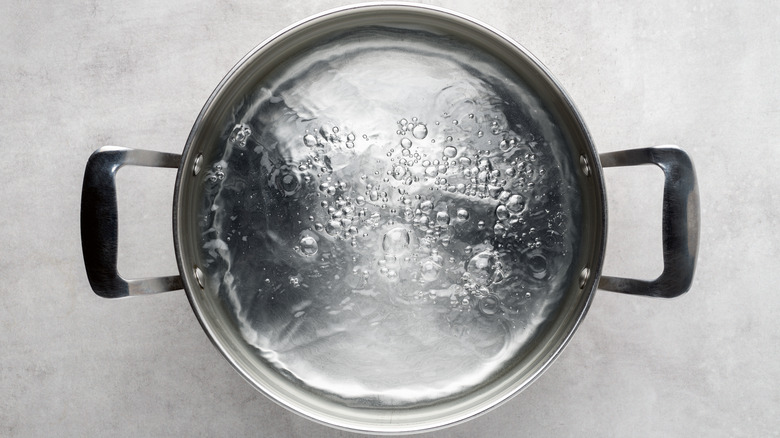



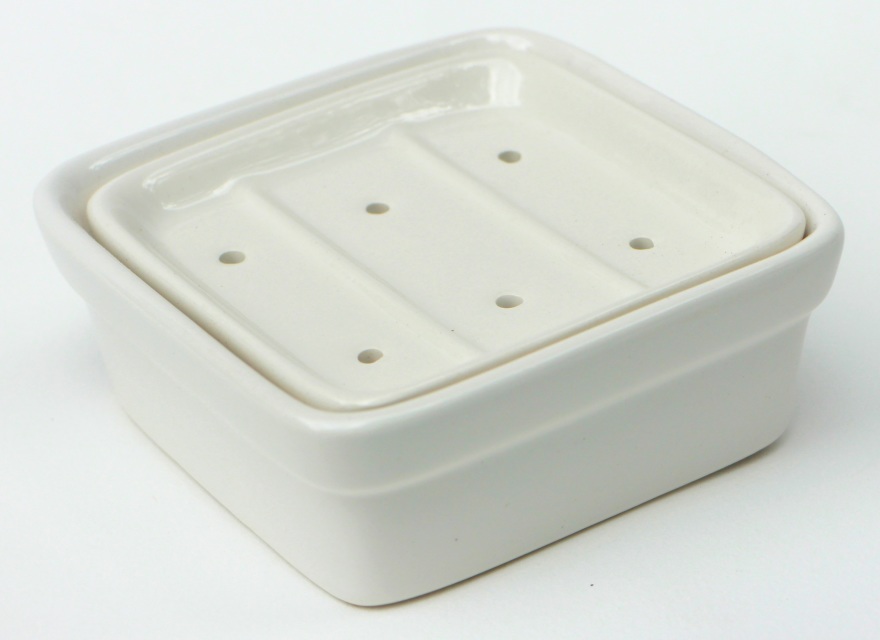
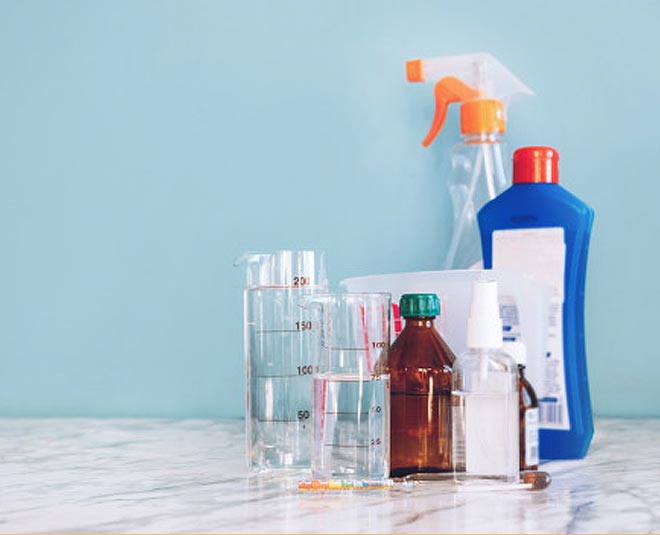




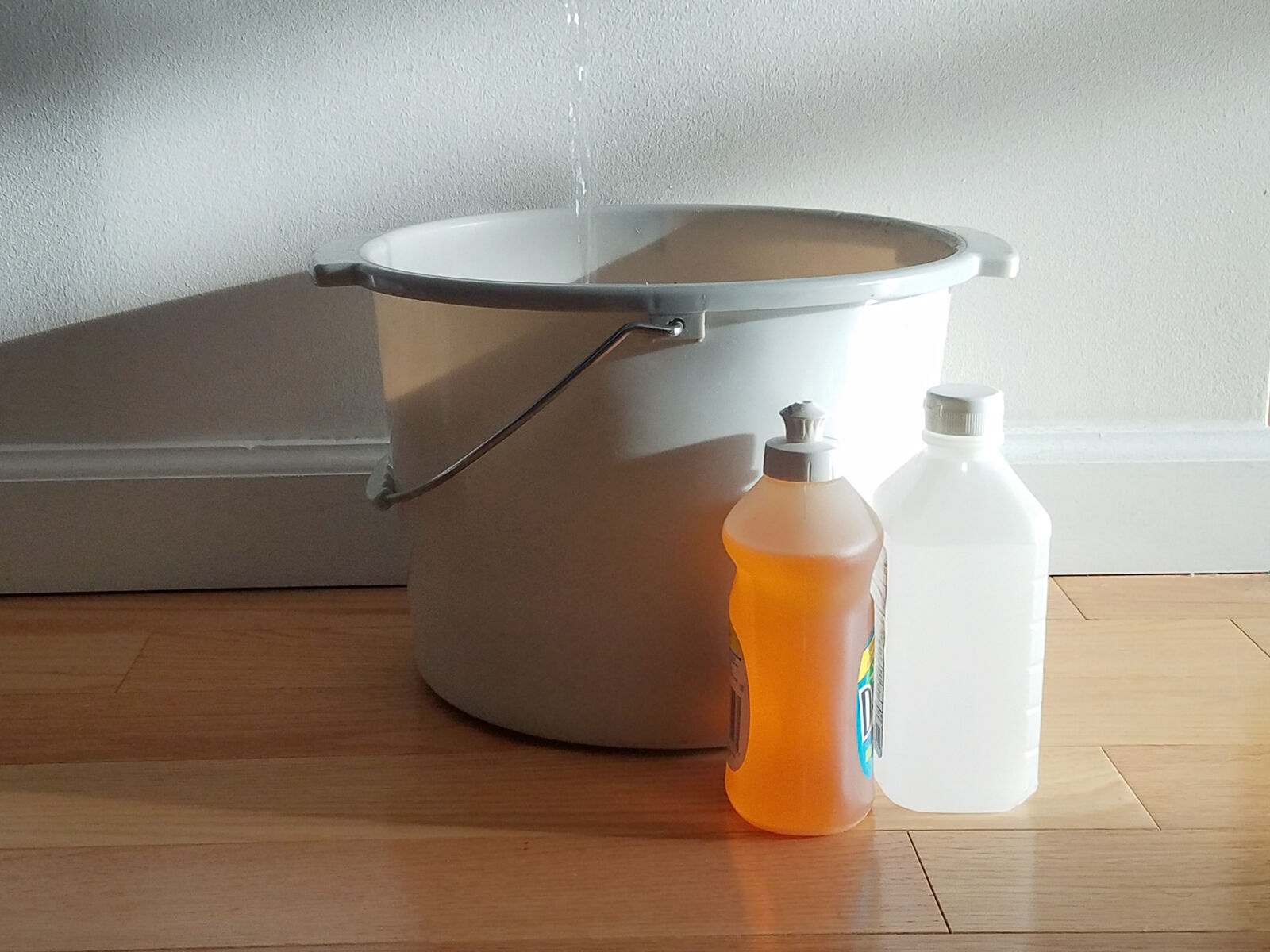



:max_bytes(150000):strip_icc()/The-best-wet-dry-vacuums-5224946_final-bb157f09533247c2b59a6c6b6f30e731.jpg)
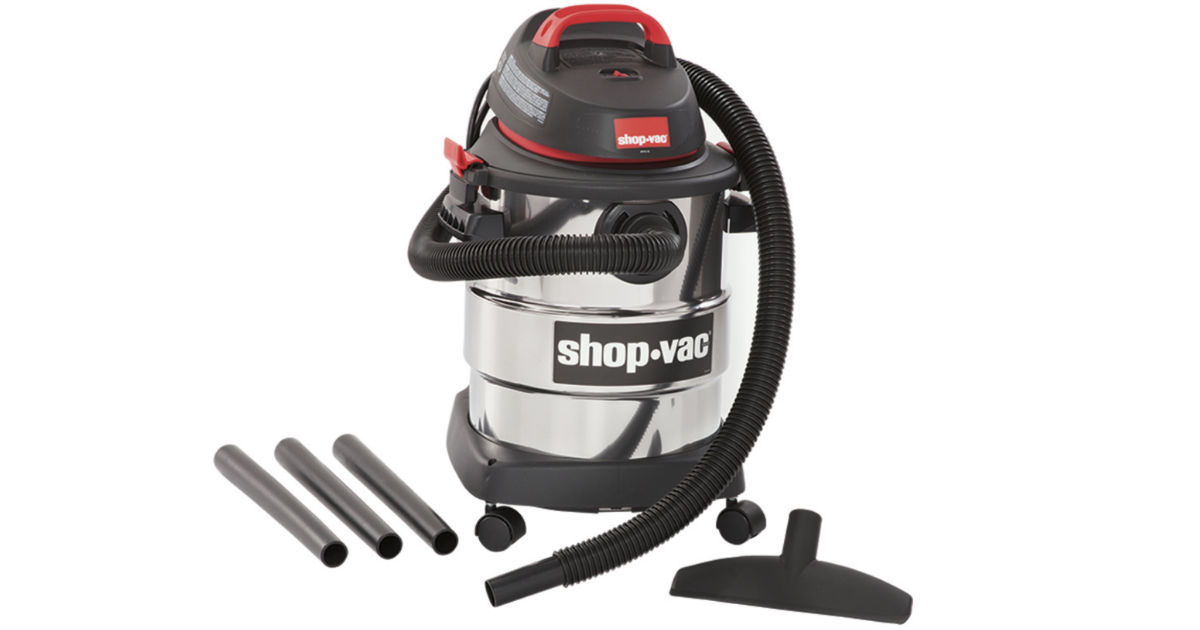






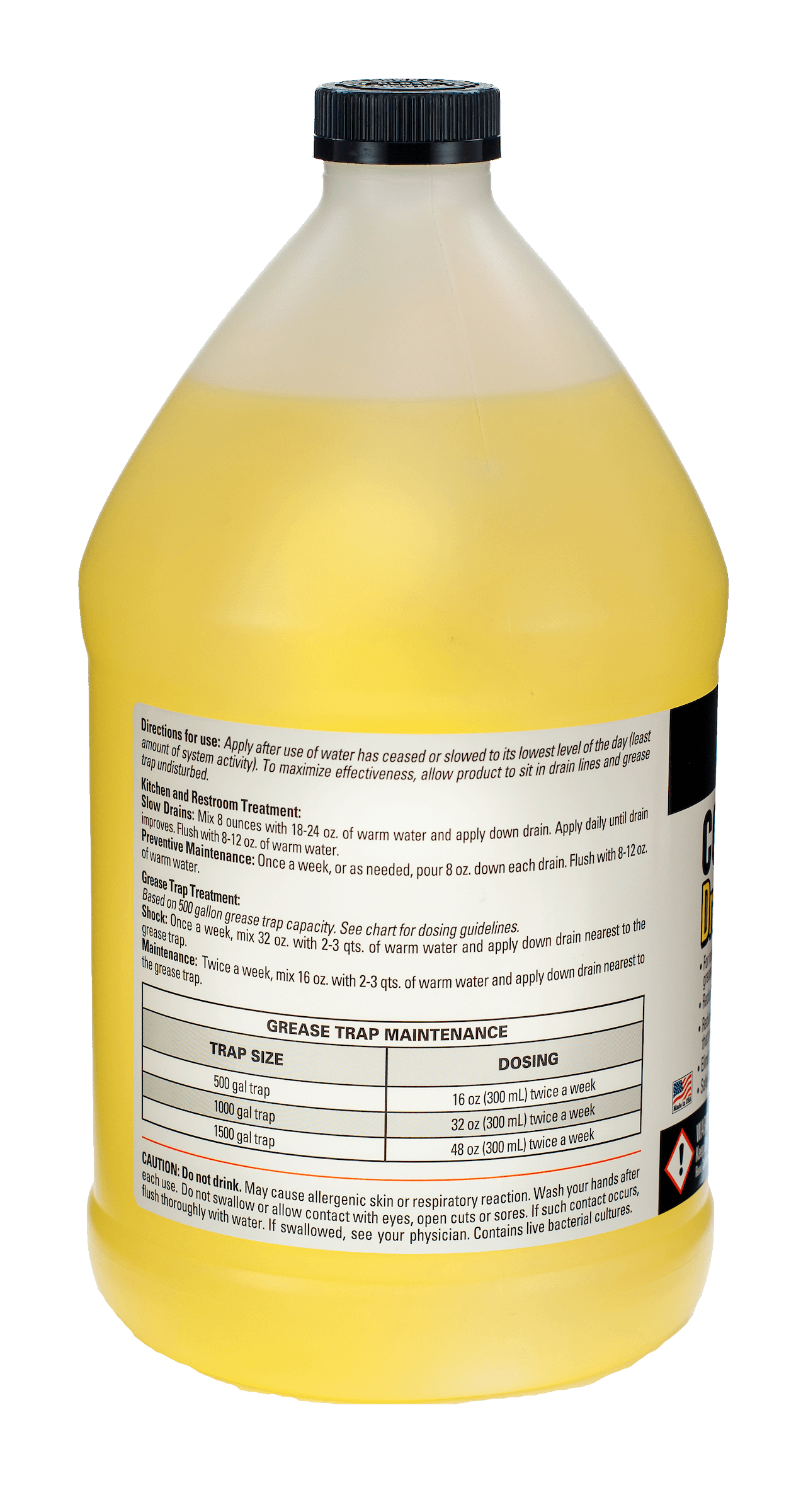
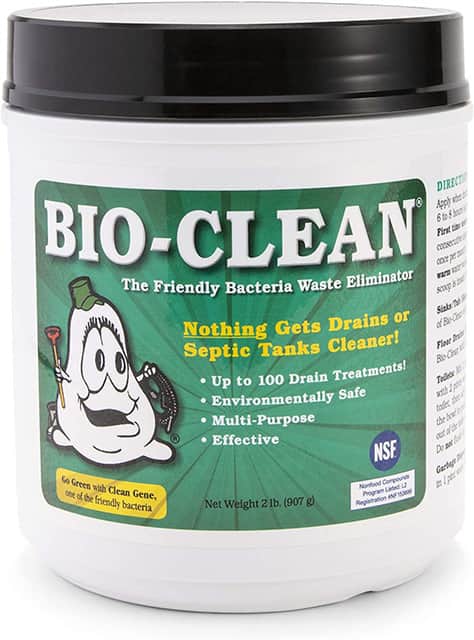












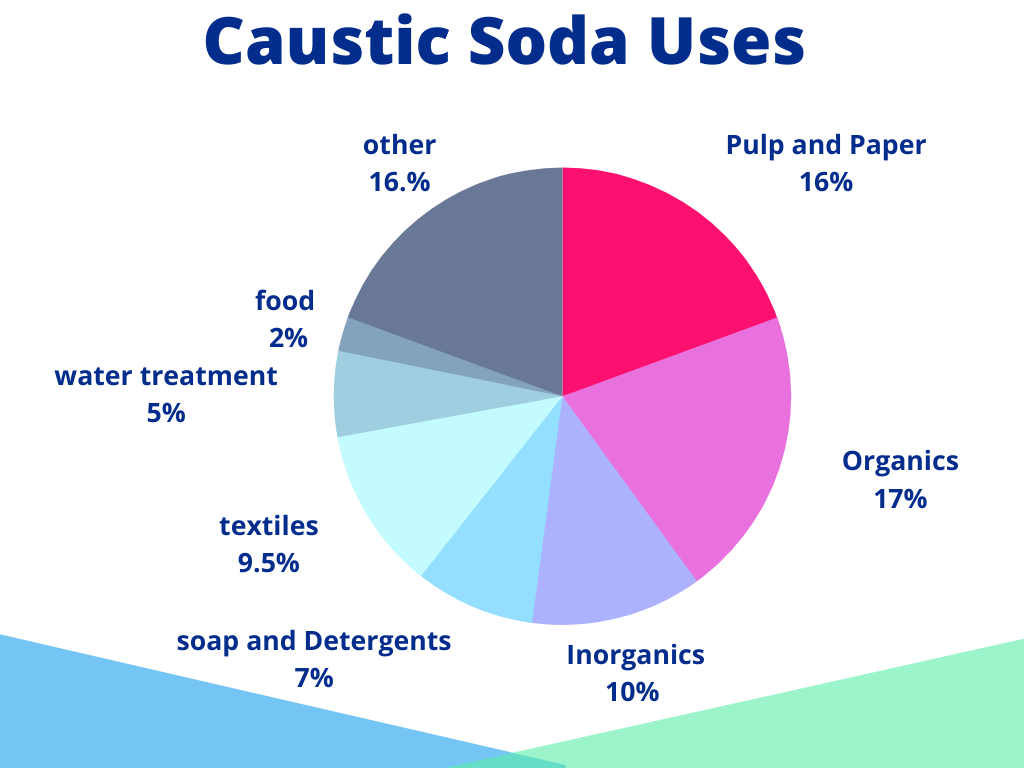

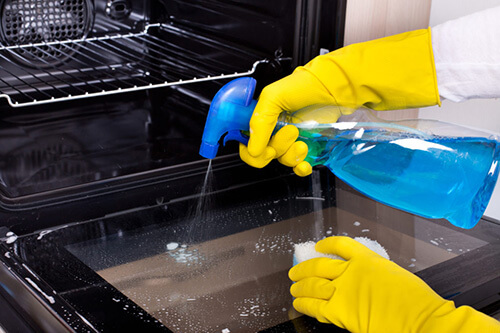





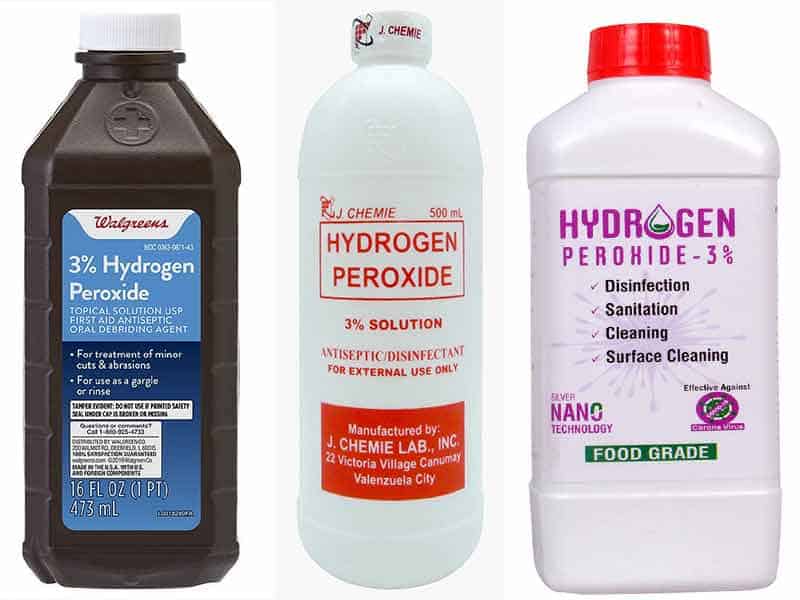
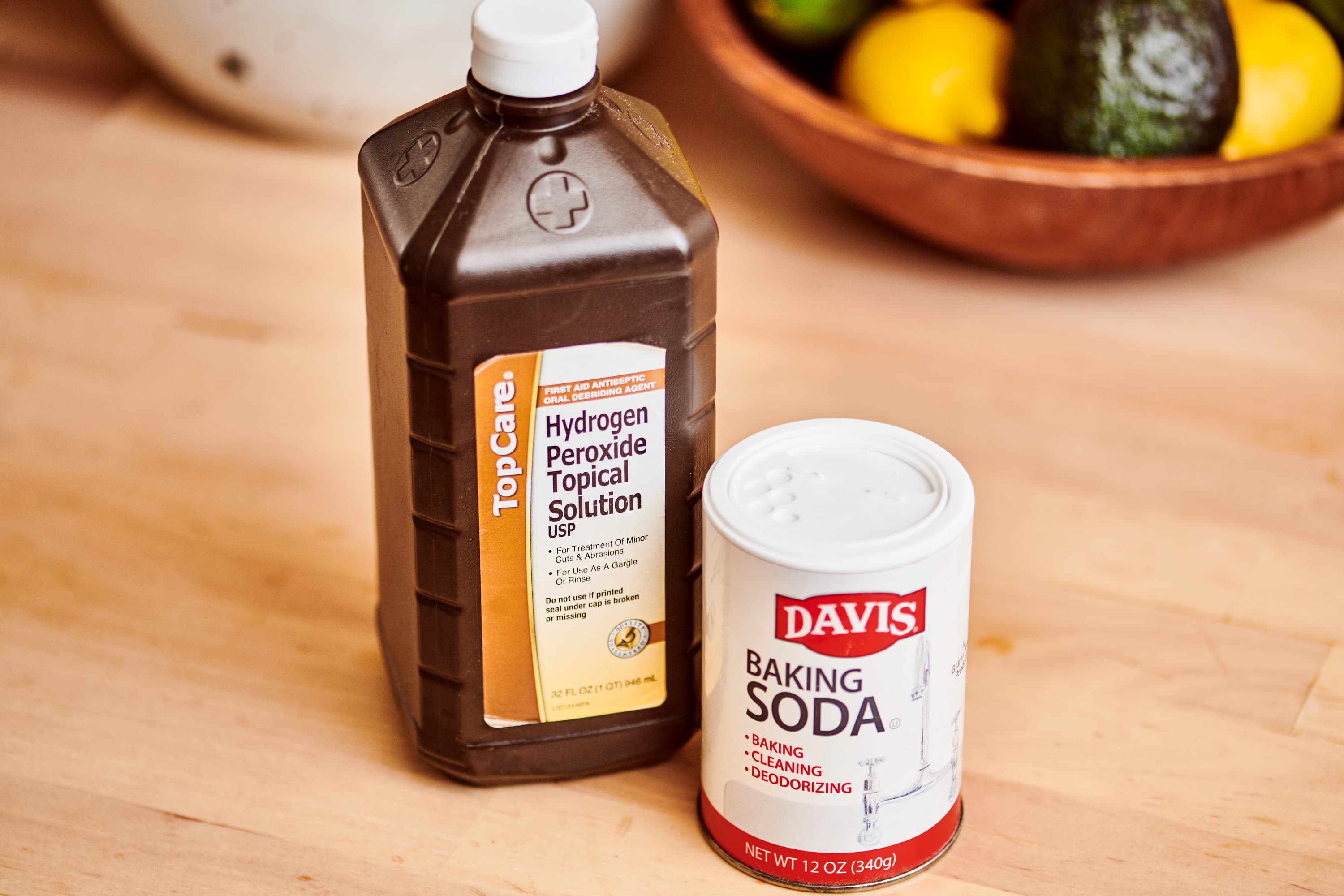
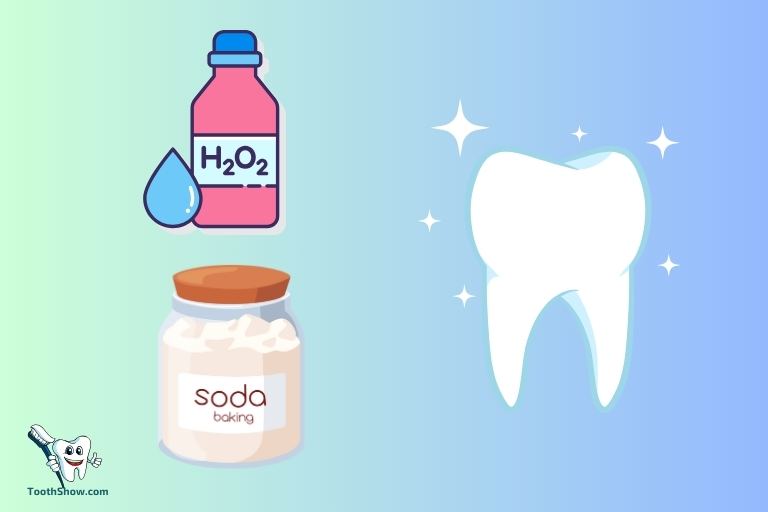
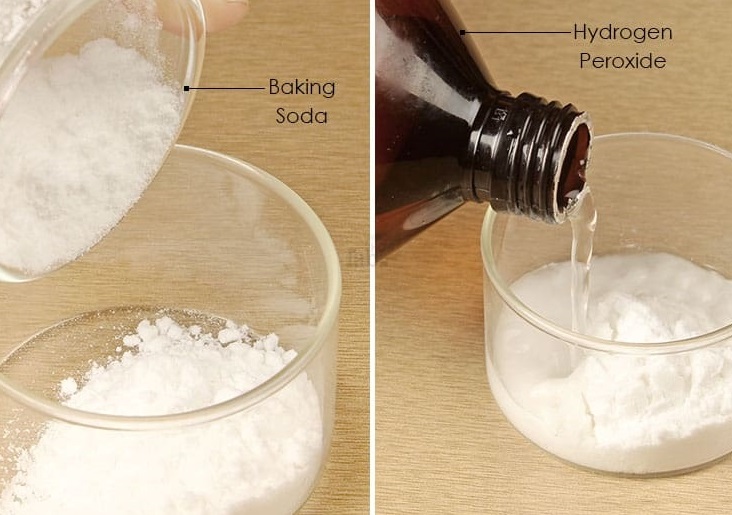
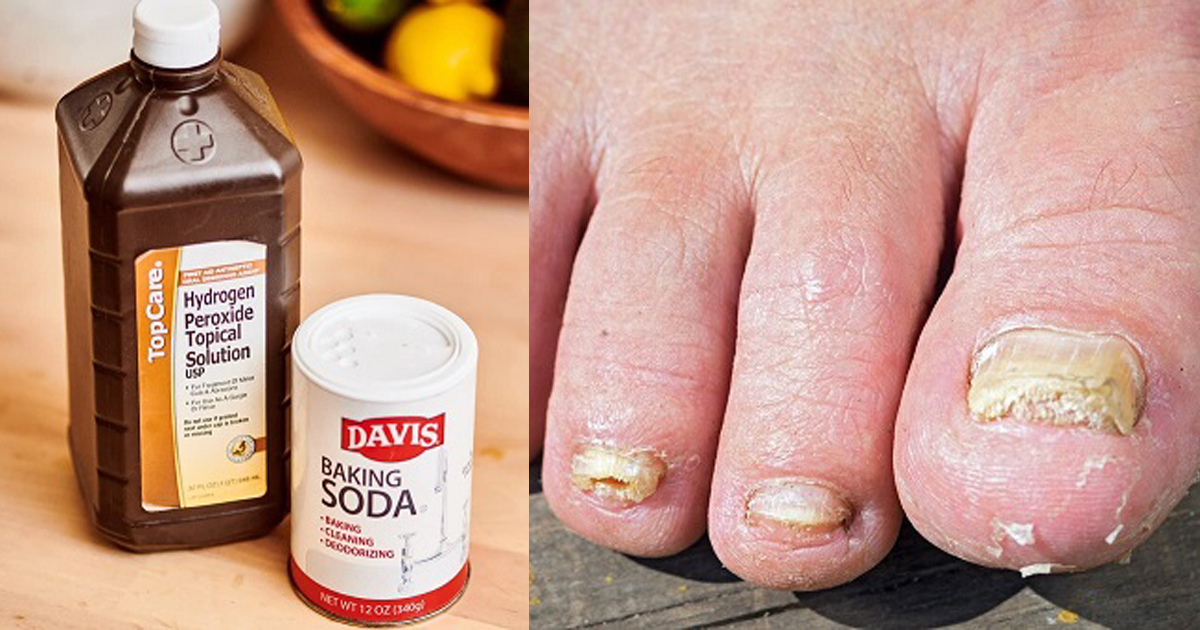

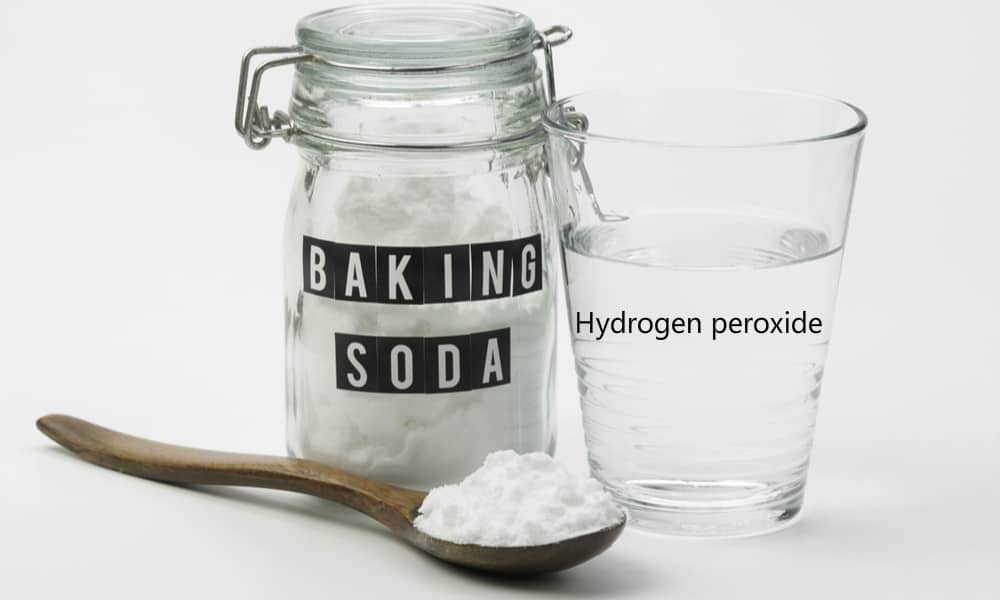
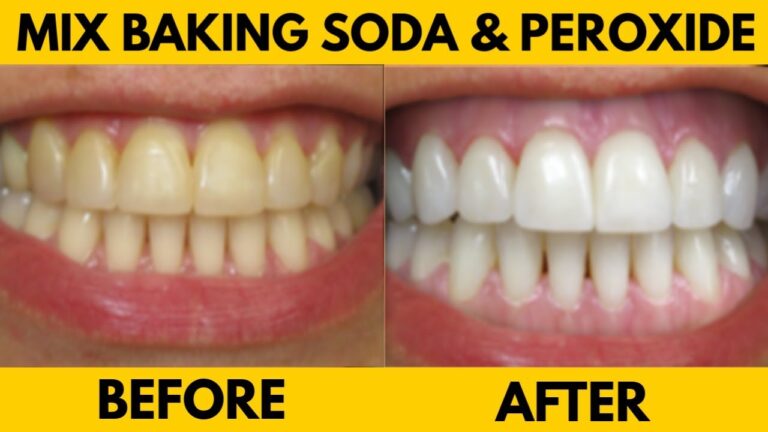

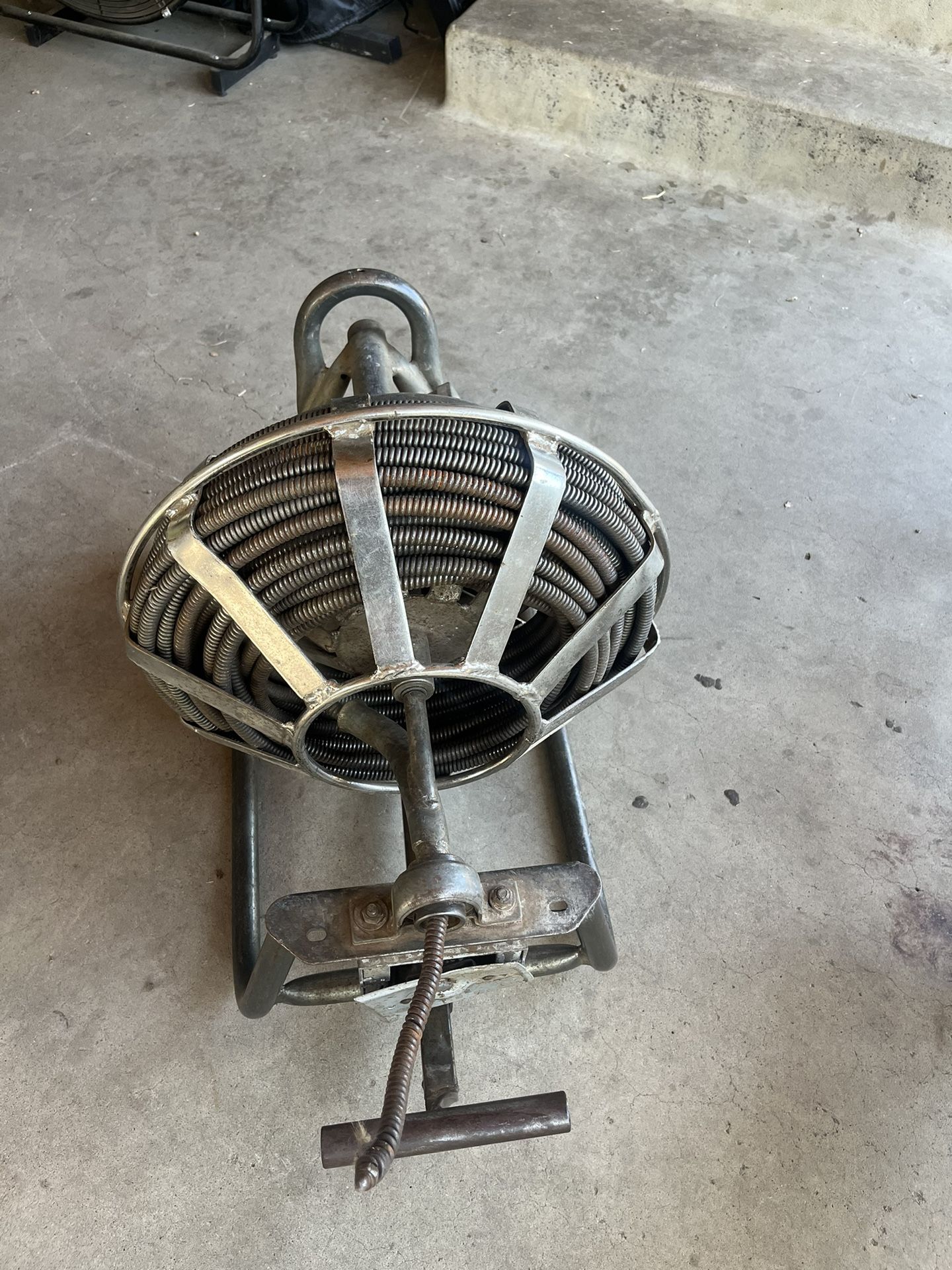
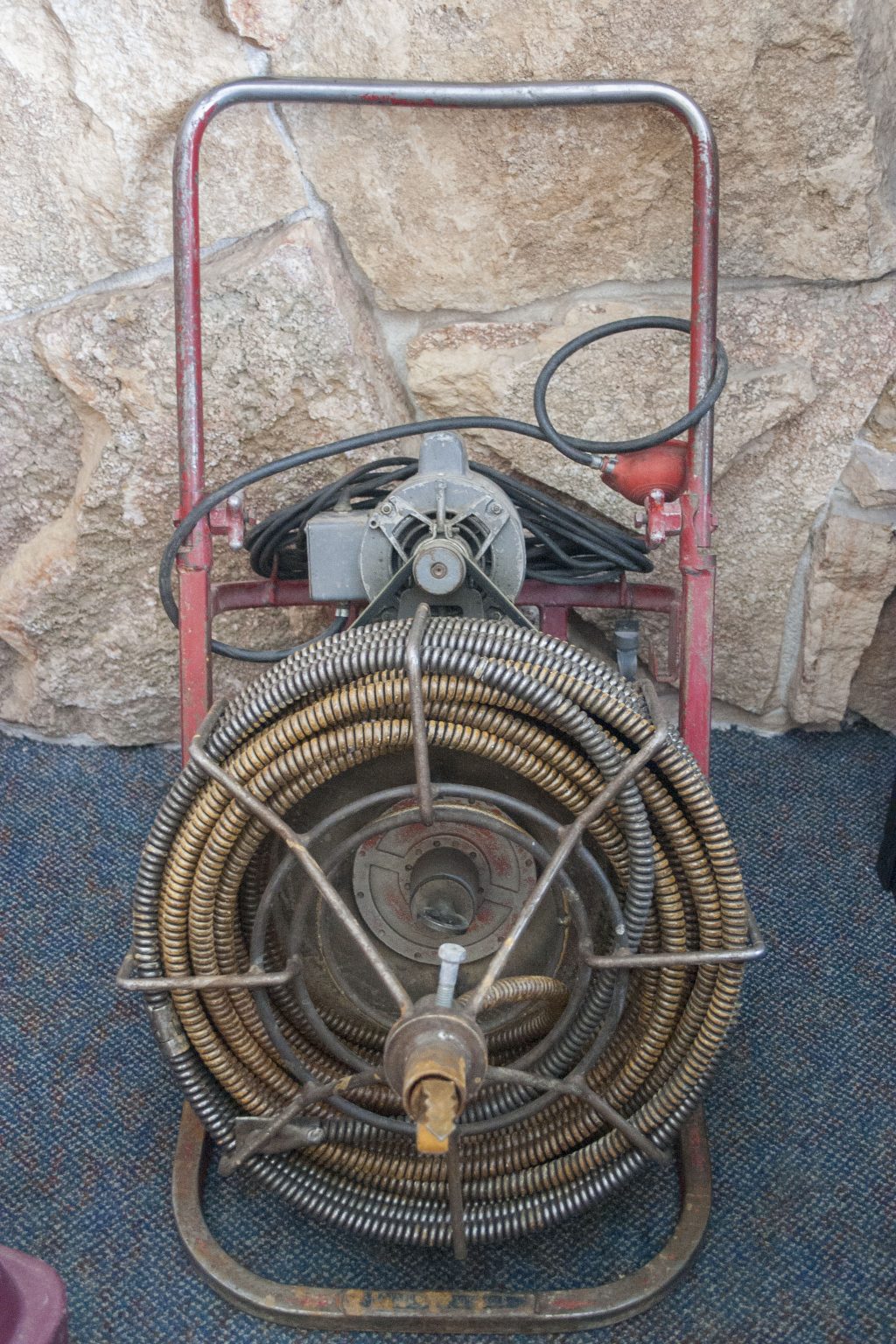







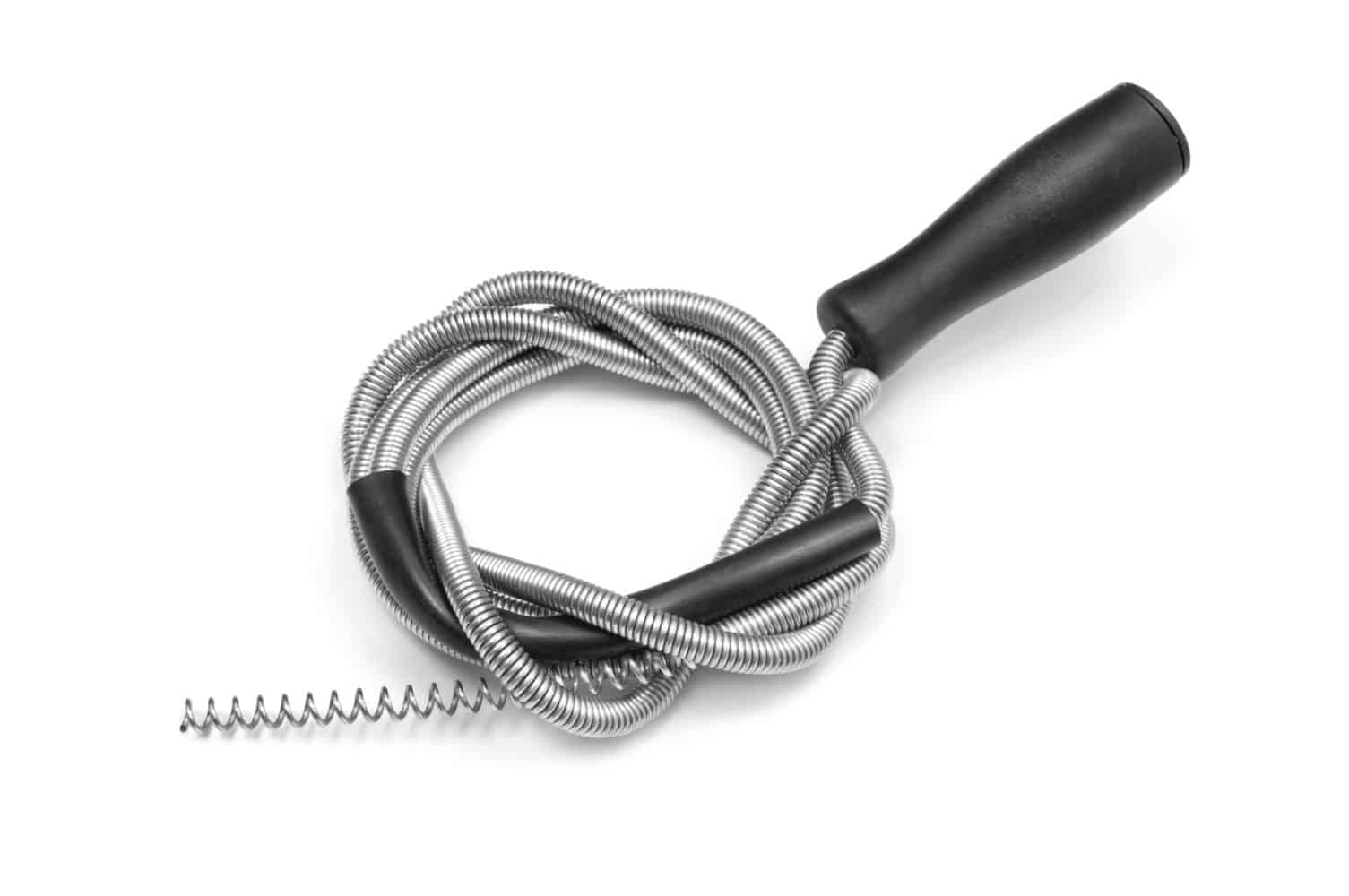




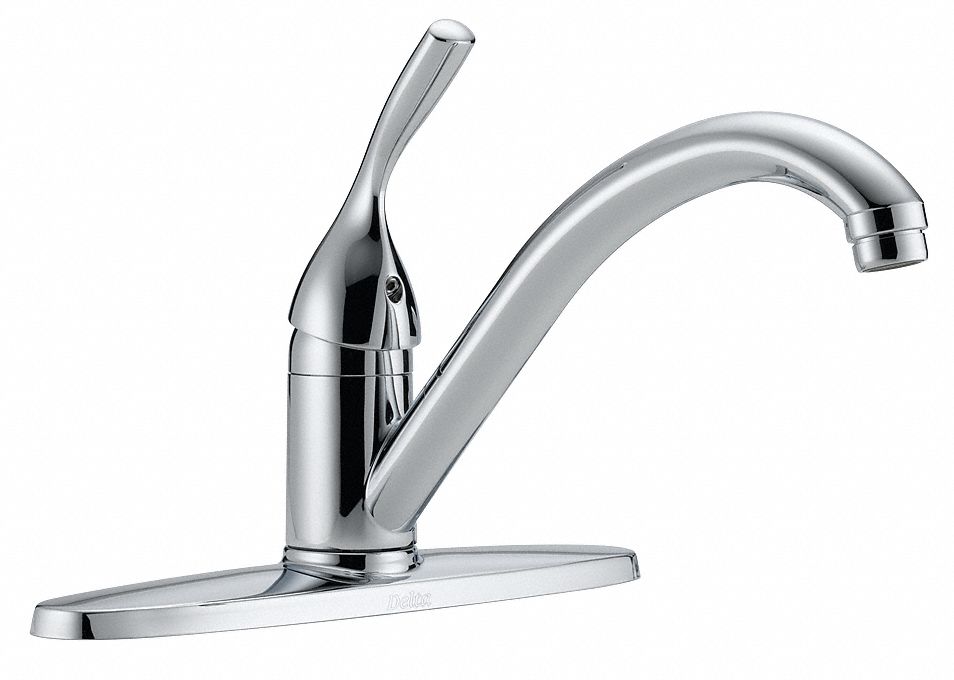
/ChairRailinginFormalDiningRoom-5ab8fc2f1f4e130037a980ea.jpg)


